T for Technology – Customer Relationship Management
Customer Relationship Management
Some days at work are incredibly busy. Greeted by someone asking, “how is work?” during or after one of those manic days usually results in only grunts, growls, and stomach noises from not having lunch – like a cave man or woman.
Worst part is that you know there are important messages or quotes to be done that have gotten lost on the back of a till-slip somewhere on the hurricane struck desk in front of you. It is time to get out of the cave and start working smart.
CRM is acronym of Customer Relationship Management. A management belief before anything else, it focuses on the interaction between your business and the clients. Systematic organisation for tasks, notes, messages, calls, meetings, projects, quotes and leads. Luckily, there are several ready-made systems that can be purchased to effectively manage this management belief for you. So you do not have to reinvent the wheel.
In an operational sense, CRM systems look at integrating and automating sales, marketing and customer support functions. The functions are split in software packages as different employees will manage or use different sections:
Sales:
Products inventory and pricing will be loaded onto the system along with the clients to automate some of the sales functions. Regular customers can almost service themselves by building their own quotes, on the other hand creating quotes for clients is simple as all the items are readily available to select and integrated email will send it off. It also allows in some systems to add projects, calls, and leads. Quotes will get linked to either a project call or lead and that together with dates and customer details starts building a database. More on that later
Marketing:
Almost all the systems offer a marketing functions where new products and pricings can be shared with the customer database by doing bulk emails or short messages to phones. It seems like an impersonal way of getting a message out, but it is effective. The idea is to turn leads into customers. Sending out bulk email is much better than cold calling. This activity takes a bunch of leads and turns a percentage of them into customers. What percentage? We will see.
Service:
Sometimes just replying to an email can seem impossible on the wrong day. In a CRM system the automated functions will receive a client email and respond with a set of standard replies, at the same time creating an event or ticket that needs attending to. This is most effective when it comes to support calls. Messages will go into a ticket queue and get addressed in the order of their arrival. No man gets left behind! Tickets are linked to a client or project or lead, but why?
All this linking is for the most important function. Reporting. As boring as reports can be this one you will want to see. Linking clients, quotes and products will tell us which clients buy the most of which products, thus telling us what to market to them. Linking support calls with clients with products will tell us which products are problematic and should be resolved to insure no comebacks. Having all quotes dated and, products itemised can tell us seasonally which products are bought and by which clients. Stock can be ordered in advanced and advertised to these clients when it is time. These are just some examples but the range of reports that are available is limitless. You can monitor customer sentiment right through the sales phases.

The system will have to be used throughout the company and as much information as possible captured on it. Every piece of detail will make reporting richer – and enrich the company too. Clients will experience increased service levels and you will feel like you did less work to achieve it. Win-Win situations do exist!
When selecting a system, you need to sit down and think of the outcomes and system usages. Do you only want to use it in the office or should it be accessible anywhere for sales and support people? These choices will affect the type of platform that the system is built on. I will recommend getting a system that is hosted and sold as SaaS (Software as a Service). You pay monthly/yearly, and it is always available, no hidden costs or hardware needed. Some noteworthy options are Microsoft Dynamics (now available as a subscription through office 365), Salesforce.com and the ZOHO CRM suite. Most of the subscription versions offer free trial periods ranging from 7 to 60 days. There are some free version to watch out for as well
I will however recommend looking at the open source options if you are technically minded.
Setup is easy and some addon modules will get it more customised to your exact needs. Look at SugarCRM and its sibling SuiteCRM for more options.
